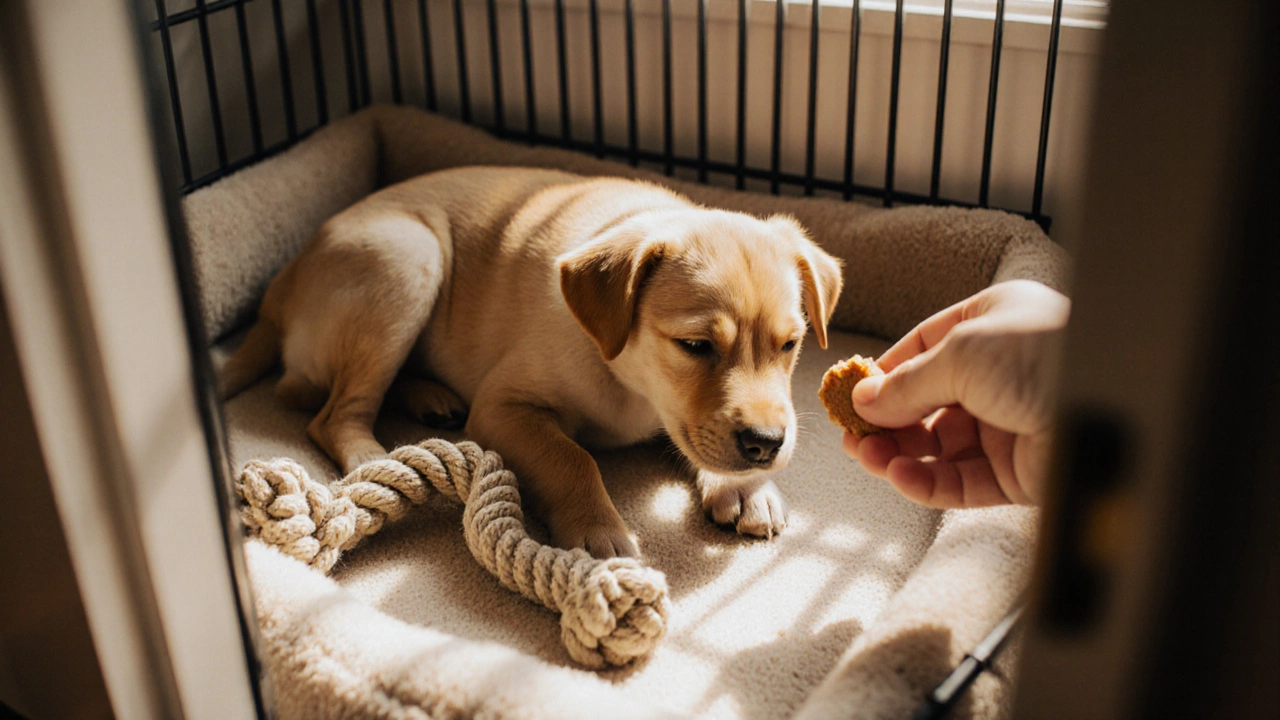puppy crate time: mastering calm, safe crate sessions for your pup
When working with puppy crate time, the period when a young dog learns to rest, relax, and feel secure inside a crate. Also known as crate training phase, it sets the foundation for good habits. Crate training, a step‑by‑step method that teaches a puppy to view the crate as a den rather than a prison encompasses chew safety, choosing age‑appropriate toys that soothe teething pains without damaging teeth. Proper puppy health, nutrition, vaccinations, and gentle handling of newborns requires consistent crate routines, and a calm environment influences how quickly a pup overcomes separation anxiety. Together, these elements turn a simple metal box into a trusted retreat.
Start by picking a crate that gives your puppy enough room to stand, turn, and lie down without hitting the walls. Keep the door open at first and place a comfy blanket inside—your pup will associate the space with comfort. Feed meals in the crate; this creates a positive link and lets you watch their behavior while they eat. When introducing chews, stick to soft, digestible options like frozen carrots or specially formulated puppy teething sticks; hard bones can splinter and cause trouble. A quick health check before each crate session—listen for breathing, check eyes for clear shine, and ensure vaccinations are up to date—keeps you on top of any hidden issues. If you notice your puppy whining, try a short, soothing voice or a calming pheromone spray; this simple step often eases early separation anxiety and prevents the habit of barking for attention.
Common pitfalls include leaving the crate door closed for too long, using it as punishment, or skipping regular breaks. Puppies need bathroom trips every 2–3 hours, so set a timer and stick to it. Pair crate time with housebreaking lessons: when the pup exits the crate, immediately take them outside and reward any successful potty move. This dual approach reinforces both crate calmness and indoor hygiene. Socialization works best when the crate stays a private, low‑stimulus zone; after a play session, guide the puppy back in for a short nap, then let them out to explore the yard. Consistency is the secret sauce—same cue word, same schedule, same treat—so the pup knows exactly what to expect each day.
What you’ll discover next
Below you’ll find straight‑talk articles that dive deeper into each of these topics—how fast wet cat food spoils, safe ways to travel with dogs, handling three‑day‑old puppies, and more. Use them as a toolbox to fine‑tune your puppy crate time routine, keep your pup healthy, and enjoy a quieter home.

Puppy Crate Time: How Many Hours Per Day Is Safe?
Learn the safe amount of daily crate time for puppies, with age‑based guidelines, signs of over‑crating, and practical tips to keep your pup happy and healthy.
View more